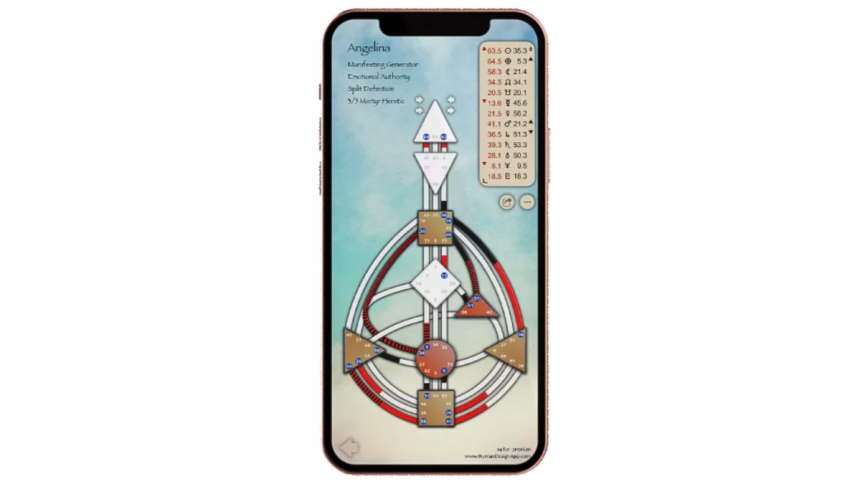Have you ever wondered what the symbols and lines in a Human Design chart really mean? The chart is a unique tool that reveals how individuals make decisions, interact, and live. It offers a deeper understanding of a person’s natural tendencies and how they can best navigate the world.
Understanding how to read a Human Design chart can be an exciting journey into self-discovery. While it may seem complex at first glance, breaking it down into manageable parts can unlock its full potential. Let’s explore relevant tips to help you in the process.
Start with the Basics
Before diving deep into the chart, it’s important to familiarize yourself with the fundamental components. Each chart contains various shapes, lines, and numbers that represent different aspects of a person’s design. The energy centers are represented by geometric shapes, each with its own significance. These centers reveal how energy flows within an individual. Knowing the role of each center helps in interpreting the chart effectively.
Focus on the Type
One of the first things to observe when learning to read a Human Design chart is the type. There are four main types: Manifestors, Generators, Projectors, and Reflectors. Each type has a unique strategy for making decisions and navigating the world. Understanding your type can provide clarity on how to approach situations and interact with others. This is a vital step, as it sets the tone for how to align with your natural design.
Pay Attention to Authorities
Once you’ve identified the type, the next crucial element to understand is the authority. The authority represents the decision-making strategy that works best for each person. It can vary from emotional responses to gut instincts or even inner knowing. By recognizing your authority, you can better understand how to trust yourself in important decisions. It’s all about tuning into your body and intuition rather than relying solely on logic or external influences.
Understand the Centers and Their Functions
In a Human Design chart, the centers are like the energy hubs of the body. There are nine centers in total, and each one has a specific function. Some centers are defined, meaning they are fixed and consistent, while others are undefined and open to influence. Paying attention to the defined centers helps you understand where you have consistent energy. The undefined centers, on the other hand, highlight areas where you may be more susceptible to outside influences.
Decoding the Channels and Gates
Channels and gates form another critical aspect of the Human Design chart. These lines and numbers correspond to specific traits, skills, or challenges within an individual. When a channel is defined, it signifies a consistent energy flow between two centers. The gates, which are linked to particular channels, reveal specific characteristics or themes that influence how a person interacts with the world. By examining these components, you can gain deeper insight into an individual’s unique strengths and challenges.
Read Between the Lines: Combining the Elements
Reading a Human Design chart isn’t just about analyzing individual components; it’s about understanding how these components interact with each other. By connecting the dots between type, authority, centers, channels, and gates, you can see the bigger picture. The chart provides a comprehensive view of how someone is designed to move through life. The key is to look at how everything fits together rather than isolating each element.
Knowing how to read a Human Design chart becomes an invaluable tool for personal growth and understanding others. By following these essential tips and considering each element carefully, anyone can become skilled at interpreting their chart. Mastering this process allows for a more aligned and authentic way of living.
Lynn Martelli is an editor at Readability. She received her MFA in Creative Writing from Antioch University and has worked as an editor for over 10 years. Lynn has edited a wide variety of books, including fiction, non-fiction, memoirs, and more. In her free time, Lynn enjoys reading, writing, and spending time with her family and friends.















